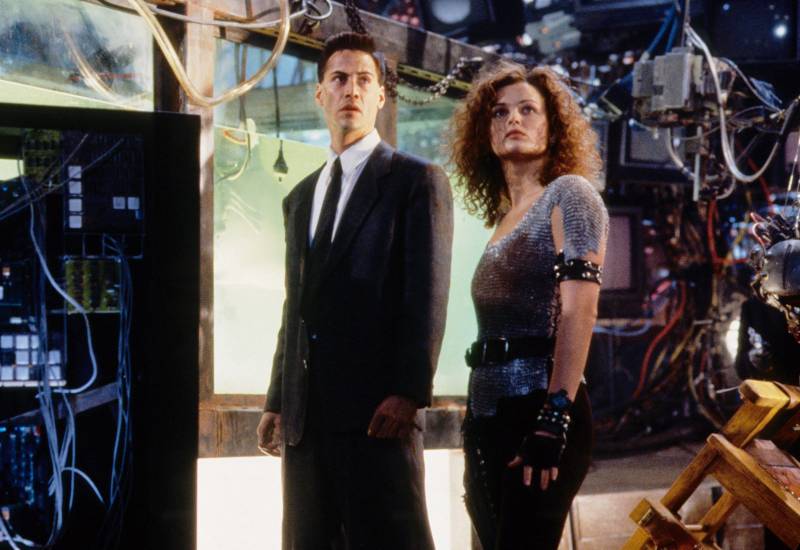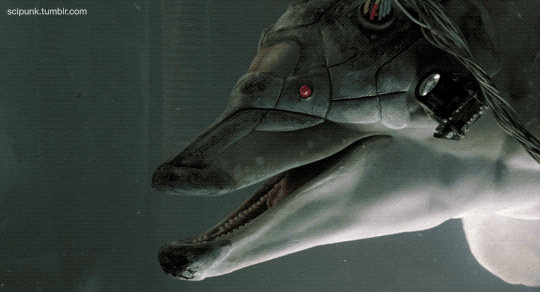On May 26, 1995, the day Johnny Mnemonic first hit movie theaters, Roger Ebert declared it “a movie that doesn’t deserve one nanosecond of serious analysis.” Critics across the board were in agreement. “A disaster in every way,” said The New York Times. “Utterly devoid of suspense,” Empire reported. And it’s true: Johnny Mnemonic was (and is) a total clunker; that special kind of movie that succeeds in being consistently preposterous and kind of boring, all the way through.
Twenty-six years later, however, it’s impossible to pay any mind to Ebert’s suggestion. Because William Gibson’s story is of course set in 2021, which means movie masochists like myself can’t help but dive back in and pick apart this nonsense for timely meaning. And while Johnny Mnemonic got a lot wrong—the fashions, the internet, the ability of mutant dolphins to fry human men using small satellite dishes (no, really)—some of it is surprisingly pertinent.
First and foremost, Johnny Mnemonic is set during a global pandemic. Nerve Attenuation Syndrome—or NAS, for short—is ravaging the planet, and scientists are struggling to get a cure to millions of infected and ailing civilians. (Sound familiar?) Standing between the scientists and the civilians are evil corporate entities who want control of the cure for their own social and financial gain. (Do with that what you will.)
NAS thrives because the feeble bodies of humans simply can’t cope with the amount of information and technology they are forced to absorb on a daily basis. (And who can’t relate to that right now?) At one point, Henry Rollins, playing a 5G conspiracy theorist doctor named Spider, attempts to explain how NAS contraction happens, and the scene is too gloriously stupefying not to share here.



